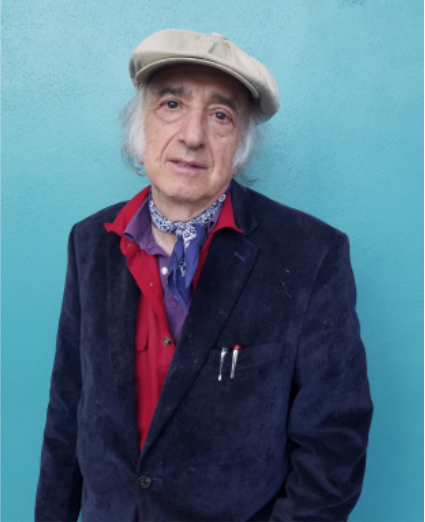Witches Magick and Goddesses: The Rise of Neopaganism from Romanticism to the 21st Century

About this Course
Pagans have been attacked by the Abrahamic religions for well over 3,000 years. Yet paganism has survived the Inquisition, the witch hunts and as well as the attacks by mechanistic scientists in 17th century Europe. What have been the qualities of pagan magic that have made it a resilient tradition among the peasantry (low magick), the middle class and even the upper middle class (high magic) in European history? What about the existence of witches in Europe? Were they real or were they hatched of the paranoid minds of the Inquisition? We discuss pagan holidays, rites of passage, and tools used along with guided imagery to create altered states of consciousness. We define what magick is and isn’t. As part of the romantic movement in the 19 th century a new kind of paganism emerged which has been called “Neopaganism’. In the new kind of paganism, the presence of feminism and matriarchy theory made itself felt. We discuss its practices, important books, its controversies and its diffusion across first England and then the United States. What are the demographics of Neopaganism in England and the United States today? Why do some pagans work in covens, others in lodges and others work by themselves?
Are the gods and goddesses real? That depends on the type of Neopagan group you converse with. Who are Neopagans heroines and heroes? “But isn’t Neopaganism really just New Age?” Most Neopagans want nothing to do with New Age. Find out why. We close the class with a discussion of nine controversies that divide pagan communities.
*Required reading: Introduction to Pagan Studies (2007) Barbara, Jane Davy Altamira Press
*Last class will be held Wednesday, November 26 due to Veteran’s Day
Your Instructor: Bruce Lerro has been a night-school college teacher for 27 years. He has taught in alternative college settings, in prisons, in the Air Force and in the Navy. Bruce has taught in community colleges in the San Francisco Bay Area. Bruce has written eight books, including three on the application of Russian Lev Vygotsky’s work on word history. Bruce is also a pen-and-ink- artist.
.jpg)





.png)
